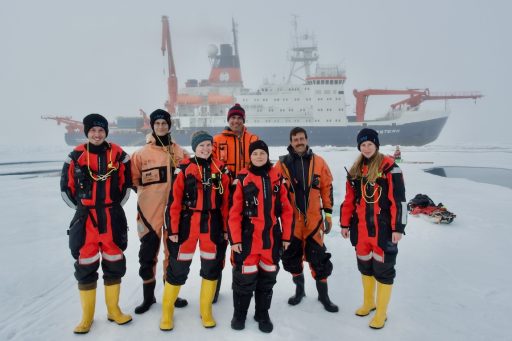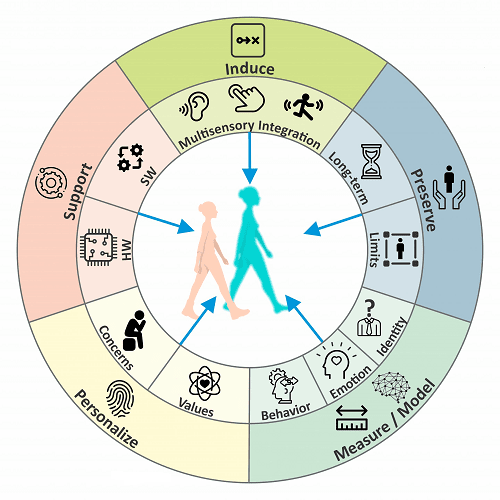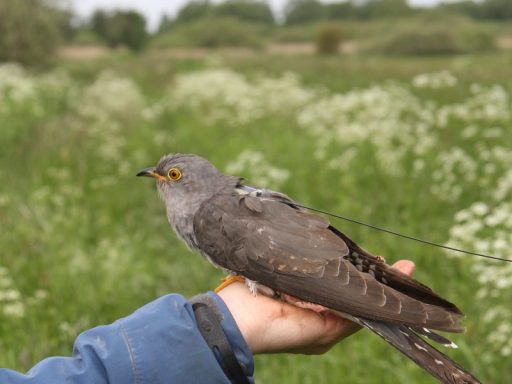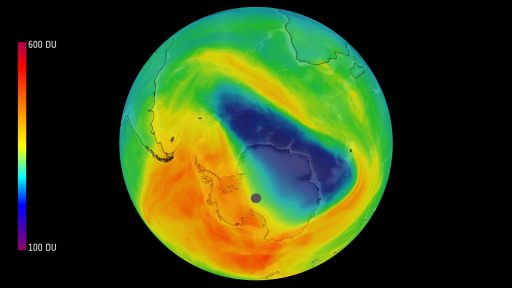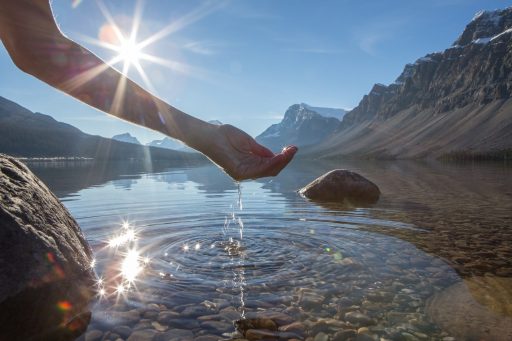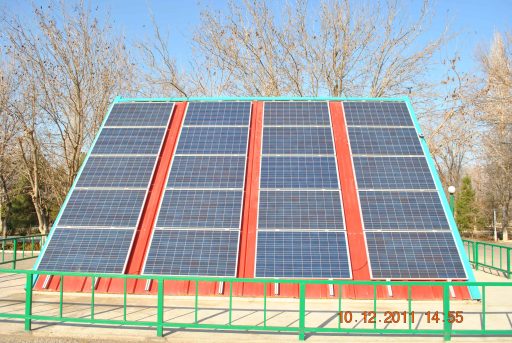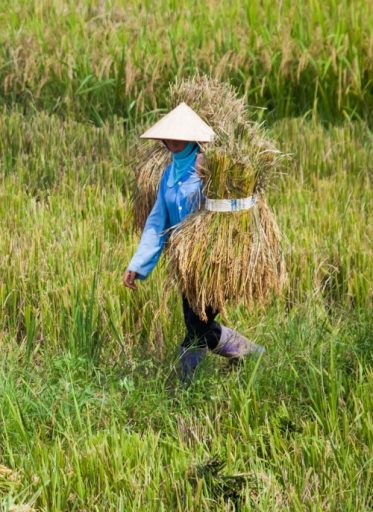Radiation-free breast cancer screenings come closer to reality
Researchers are improving ultrasound technology to better detect breast cancer in women with dense breasts, where mammograms may miss cancer or give false positives
Researchers are improving ultrasound technology to better detect breast cancer in women with dense breasts, where mammograms may miss cancer or give false positives







